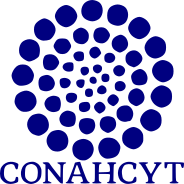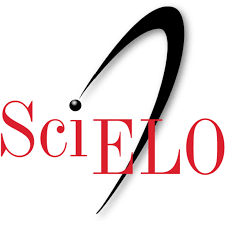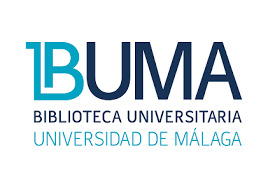LAS PLANTAS MEDICINALES DE LA ORGANIZACIÓN DE PARTERAS Y MÉDICOS INDÍGENAS TRADICIONALES DE IXHUATLANCILLO, VERACRUZ, MÉXICO Y SU SIGNIFICANCIA CULTURAL
Abstract
Data were collected on the cultural significance of medicinal species used by the
“Nahuatl xihuitl” Organization of Traditional Indigenous Doctors and Midwives for
primary health care through a quantitative
ethnobotanical approach. Participatory tools
were used, and two ethnobotanical indices
were identified: the Fidelity of Friedman et
al. (1986), which includes use value, range
of priority (ROP) and range of popularity
(RPL), and the Use Value Index of GómezBeloz (2002) for parts of plants. The results
indicate that the families best represented
were Compositae, Rosaceae, Lamiaceae
and Solanaceae and that the most important
genera were Amaranthus, Plantago, Piper,
Smilax and Urtica with two species each.
The most culturally significant species
were Cestrum nocturnum L., Chenopodium
ambroisoides L., Chenopodium graveolens
L., Urtica mexicana Liebm., U. urens Liebm. and Lepidium virginicum L. (r = 0.95)
(ROP=100 y 90.9). The most useful plant
parts were the leaves of Citrus sinensis (L.)
Osbeck, Oncimun selloi Benth., Salvia polystachya J.G. Ortega, Psidium guajava L.,
Plantago lanceolata L., Plantago major L.,
Plantago australis L., Polygonum acuminatum Kunth, Ruta graveolens L., Sambucus
nigra var. canadensis (L.) Bolli, Taraxacum
officinale G.H. Weber ex Wigg., Tithonia
tubiformis (Jacq.) Cass., Urtica chamaedryoides Pursh and the genera Ageratina
and Ageratum (Use Value Index = 35.32).
Our analysis of the information on the participant group’s own species and cultural
significance strengthens the current process
and dynamic of traditional medicine in the
central part of the State of Veracruz.
Downloads
Published
Issue
Section
License

Polibotánica by Departamento de Botánica de la Escuela Nacional de Ciencias Biológicas del Instituto Politécnico Nacional se distribuye bajo una Licencia Creative Commons Atribución-NoComercial-CompartirIgual 4.0 Internacional.




















